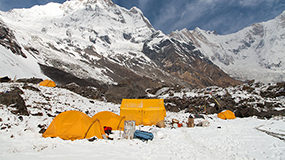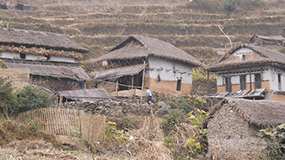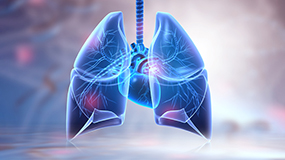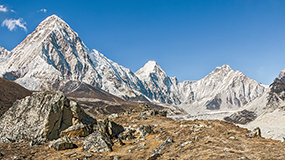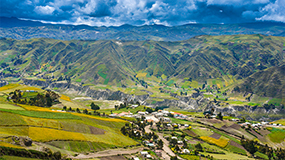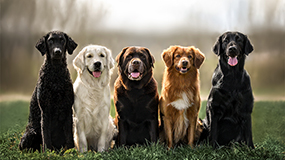Lesson Plan 7
High school students as scientists investigate genetics, natural selection, and evolution to answer the following driving question: Do all kinds of organisms have a lot of genetic diversity? Students analyze a dataset to see that genetic diversity varies in different populations, but all populations do have some degree of genetic diversity. After analyzing genetic diversity across different species worldwide, students wonder why some populations have higher levels of genetic diversity than others and if this difference is significant. Next, students analyze a dataset to look for patterns in genetic diversity between different populations of different species. They find no clear pattern between any specific type of organisms and amount of genetic diversity. Students read about organisms with varying degrees of genetic diversity and find patterns in causes that led to low diversity. They return to the dataset and choose some of the organisms with low diversity to find they too suffered similar environmental issues. Students consider how genetic diversity in human populations is similar or different from the populations they’ve looked at. Finally, students return to their initial Driving Question Board to determine which of the questions they had can now be answered. They then use what they have learned throughout this unit to explain how genetic diversity is maintained in populations and why genetic diversity is important, and they think about how they want to use this information to learn more and to help educate others.








